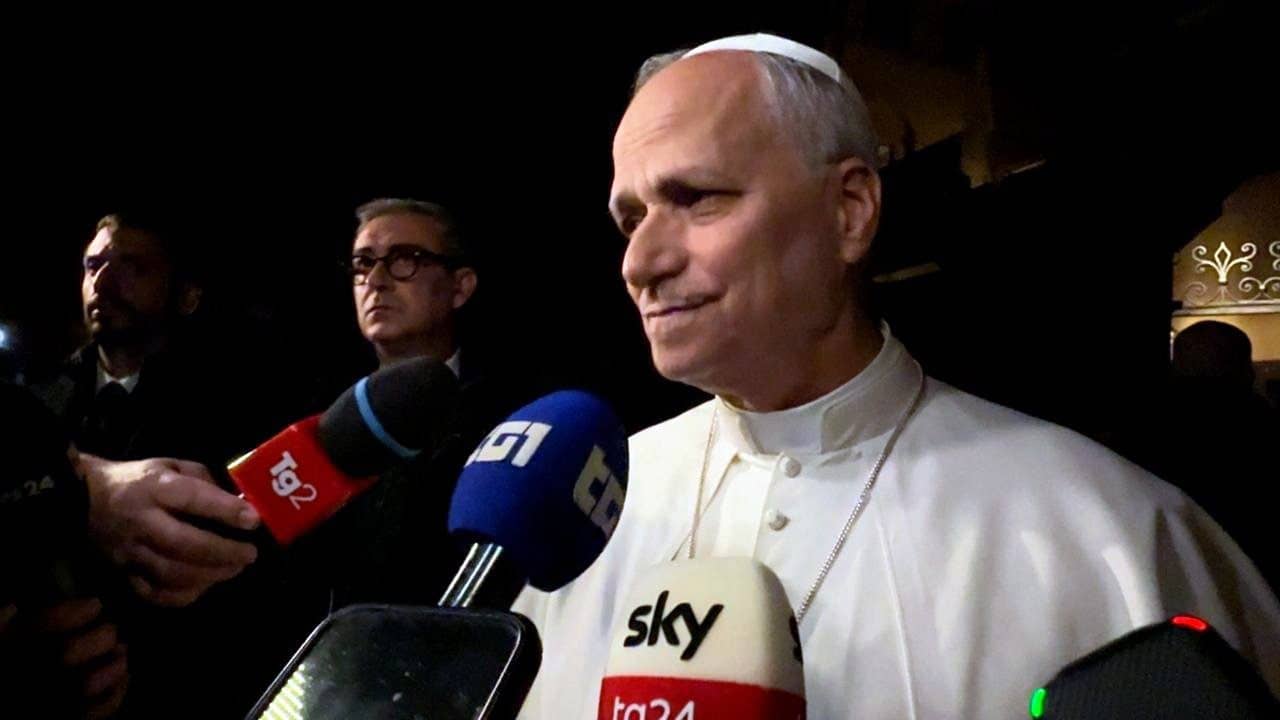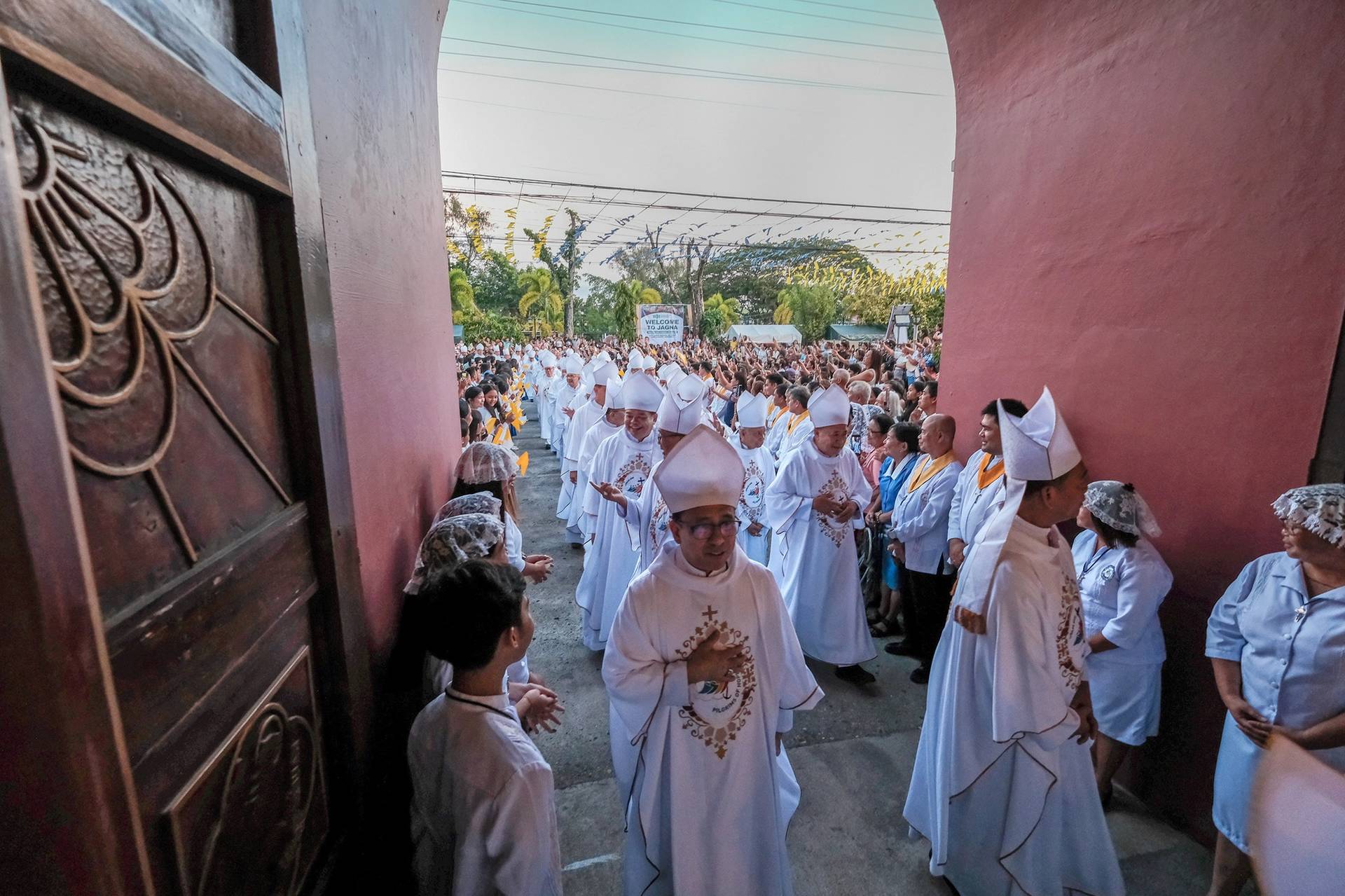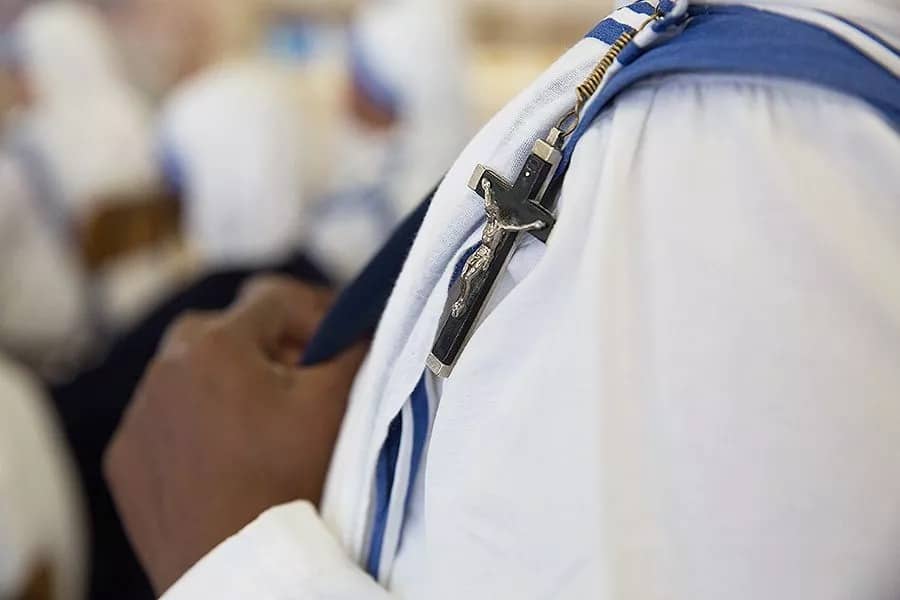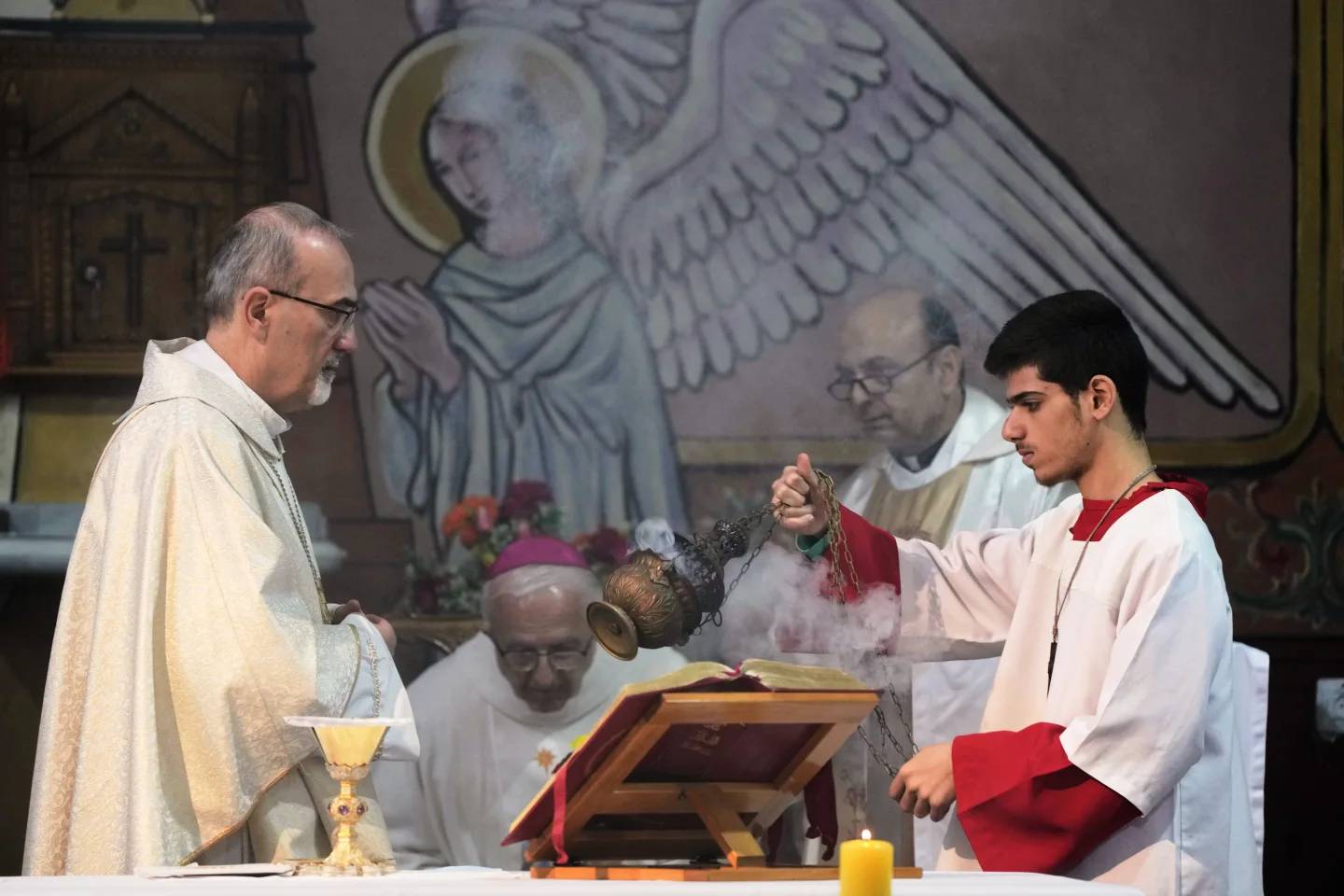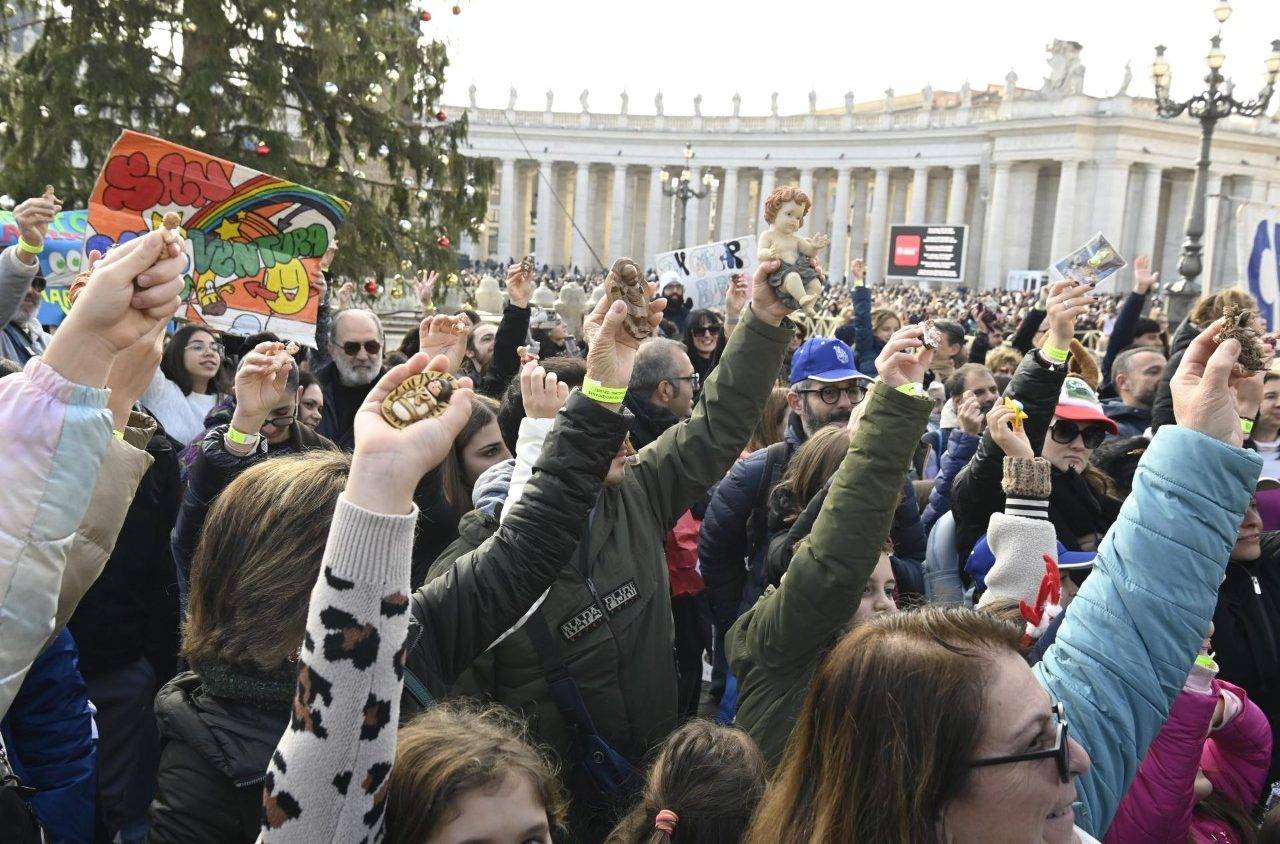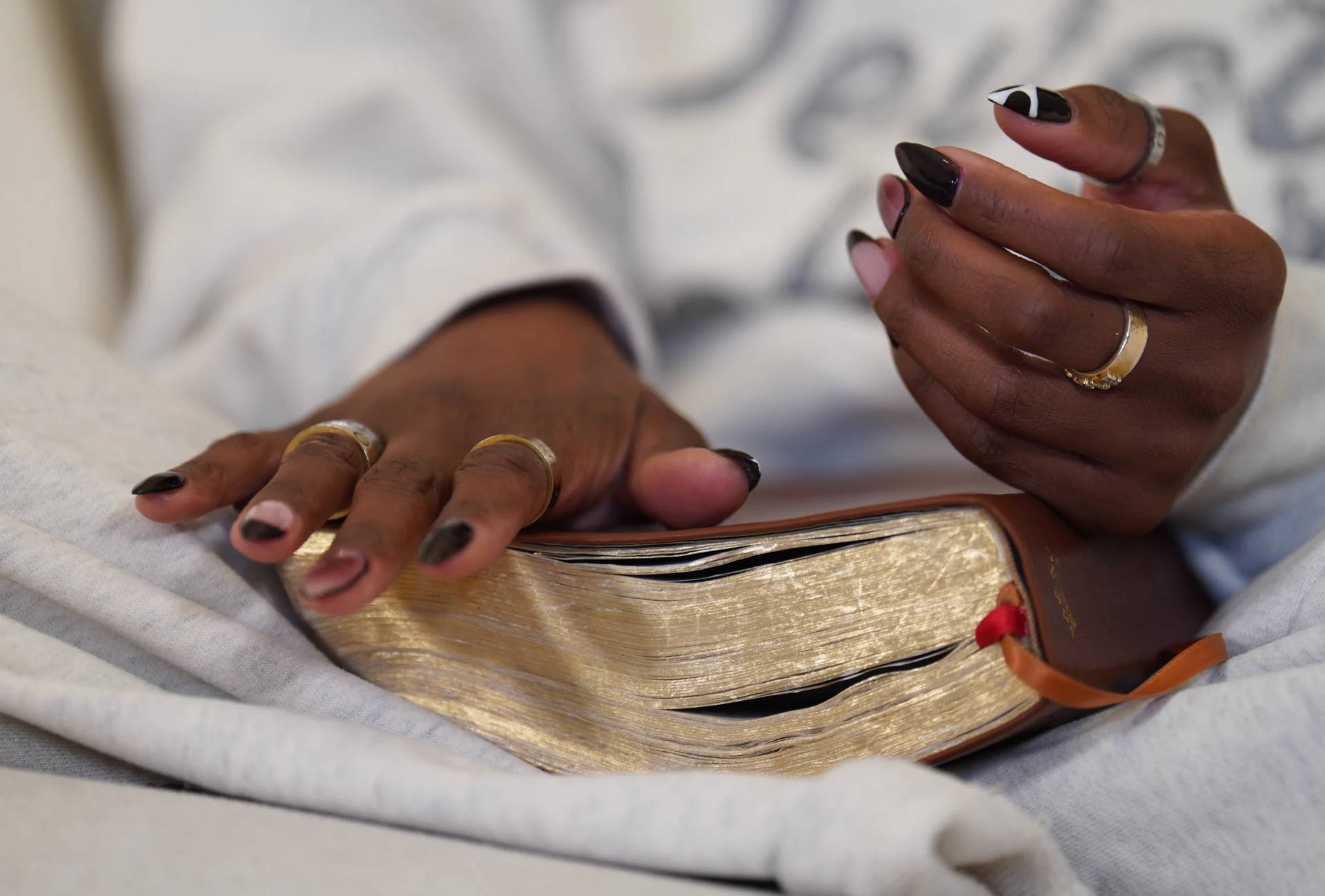ROME — Amidst complex security procedures, the Holy Year of Mercy called by Pope Francis begins Tuesday when the pontiff opens the Holy Door in St. Peter’s Basilica, symbolizing that a jubilee is underway.
At Francis’ request, Emeritus Pope Benedict XVI will participate in the ceremony, marking the first time that two pontiffs together have launched a jubilee year.
In a recent interview, Francis said the Holy Year is a response to the world’s need for a “revolution of tenderness” from which “justice and all the rest derives.”
“We are used to bad news, cruel news, and to even bigger atrocities, which offend the name and life of God,” the pope told Italian magazine Credere.
Ending those tragedies requires a spirit of mercy, he said.
The following is a guide to jubilees in general, and to the special year of mercy decreed by Francis.
Security measures
A significantly beefed-up security plan, further augmented in the wake of the recent Paris attacks, is already in place in areas surrounding the Vatican. Military police standing guard with submachine guns can be seen next to the historic Swiss guards who block access to the world’s smallest state.
It’s now mandatory to go through airport-like scanners to enter St. Peter’s Square for every event led by Pope Francis. Until recently scanners were there, but it was easy to avoid them by entering through Via della Conciliazione, the broad boulevard that leads to the square. Now, that’s no longer possible.
On Monday night, dozens of police and military personnel guarded the square, blocking pilgrims and the usual buses carrying tourists for a night view of the basilica several blocks into the boulevard. Adjacent streets going into the Vatican were also barricaded.
When asked by Crux, the officers could not confirm if this would be the usual procedure throughout the Holy Year or only before major events. “We only know our orders for tonight,” one said.
Pilgrims are being advised to bring as little as possible to speed up the process. Beyond the usual prohibited items, such as weapons or scissors, other prohibited objects including thermoses, selfie-sticks, and umbrellas will be confiscated.
At last Wednesday’s audience and the Sunday Angelus, thousands of pilgrims were left out of the square because the scanning was too slow.
Rome’s Prefect Franco Gabrielli said during a press conference last week that “pilgrims should come serenely, not because we are in an at-risk situation, but because the threat is indiscriminate.”
He suggested that visitors arrive early and pack light: “The recommendation I give you is this: come early and don’t bring your home with you.” Those strategies, he said, will ensure greater safety and quick scanning so more people can attend events.
Not all are on board with the jubilee year. Fearful of terrorist attacks, some Italians have turned to social media to request the cancelation of the jubilee using the hashtags #nogiubileo and #stopgiubileo, to no avail.
Vatican officials insist they’re confident in Rome’s ability to guarantee the safety of the more than 10 million extra tourists, beyond the usual 16 million, who are expected to arrive in the next 11 months.
The security measures being taken at the Vatican are no different from those being implemented around the world, according to Italian Archbishop Rino Fisichella, head of the Vatican’s Council for New Evangelization that’s responsible for organizing the jubilee. “I don’t see why the situation in Rome has to be overdramatized,” said
The new safety plan goes beyond the Vatican to many other Roman landmarks, such as the Coliseum, that are considered possible targets. For the foreseeable future, 2,000 officers will patrol the streets every day, checking areas where pilgrims and tourists congregate as well as the sprawling suburbs.
What’s an (extraordinary) Jubilee Year?
Also called Holy Years, jubilees normally occur every 25 years. They feature special celebrations and pilgrimages, calls for conversion and repentance, and the offer of special opportunities to experience God’s grace through the sacraments, especially confession.
Extraordinary holy years, such as the Holy Year of Mercy, are less frequent but offer the same opportunities. The last extraordinary jubilee was called by St. John Paul II in 1983 to mark the 1,950 years after the death of Jesus. John Paul also led the last holy year, known as the “Great Jubilee,” in 2000.
The Year of Mercy called for by Francis is the third “extraordinary” jubilee since the tradition began 700 years ago.
Why a Jubilee of Mercy?
The year was unexpectedly announced by Pope Francis during a penitential service at St. Peter’s Basilica on March 12. Beginning on the Solemnity of the Immaculate Conception Dec. 8, it will end on the Solemnity of Christ the King, Nov. 20, 2016. Its motto is, “Compassionate like the Father.”
“Let us not forget that God forgives and God forgives always,” Francis said when announcing the year. “Let us never tire of asking for forgiveness.”
Having already described his papacy as a “kairos” of mercy, a New Testament term meaning a privileged moment in God’s plan of salvation, Francis said the time is ripe for the message of mercy.
“I am convinced that the whole Church — which has much need to receive mercy, because we are sinners — will find in this jubilee the joy to rediscover and render fruitful the mercy of God, with which we are all called to give consolation to every man and woman of our time,” the pope said.
Tuesday’s opening ceremonies
The Holy Year will begin with a Mass celebrated by Pope Francis in St. Peter’s Basilica at 9:30 a.m. Rome time (3:30 a.m. ET). It will be televised and available online through the Vatican’s live streaming service (see the video player above).
After the Mass, Francis will open the Holy Door in the basilica. Each of Rome’s major basilicas has its own holy door, which are traditionally sealed from the inside and only opened during jubilee years. The door usually is sealed with bricks as a symbolic reminder of the barrier of sin between human beings and God.
Those who pass through a Holy Door during this jubilee year will receive a plenary indulgence, which removes all of the temporal punishment for sins committed up to that time — provided the recipient also goes to confession, receives Communion, and prays for the pope.
Since the opening of the jubilee year also marks the 50th anniversary of the closing of the Second Vatican Council (1962-65), extracts of four major conciliar documents will be read before the opening of the door.
Holy doors in Rome’s other major basilicas will be opened later: St. John Lateran’s on Dec. 13, St. Mary Major’s Jan. 1, 2016, and St. Paul Outside the Walls on Jan. 26, 2016.
Later on Tuesday, St. Peter’s Basilica will be the canvas for an artistic projection that aims to link Francis’ encyclical on the environment, Laudato Si’, to a major UN climate change summit taking place in Paris this week.
According to the producers, the show titled “Fiat Lux: Illuminating Our Common Home” will project onto St. Peter’s “images of our shared natural world” in order to “educate and inspire change around the climate crisis across generations, cultures, languages, religions and class.”
The show will be projected three times from 7 to 10 p.m. Rome time. It will also be available live at Our Common Home.
Holy Doors in every diocese
On Sunday, Dec. 13, five days after the opening of the jubilee, every diocese around the world is supposed to open a Holy Door. These doors can be in the local cathedral or other churches of particular relevance, such as a Marian shrine.
This will be a historical first, reflecting Pope Francis’ desire that the jubilee be celebrated on the local level and not just in Rome.
The first such door was opened by the pope himself in the cathedral of Bangui, capital of the Central African Republic, during his visit there last month.
Several dioceses have registered their doors at the jubilee’s website, but thousands still have to do so so they will appear on an interactive Google map made for the occasion.
Need-to-know for pilgrims in Rome
Even though access to the Holy Door at St. Peter’s Basilica will be free and open to all, registration is mandatory. Reservations can be made through the jubilee’s official website.
Pilgrims, including individuals, families, and large and small groups, are encouraged to register for the pilgrimage before arriving in Rome.
On certain days, access to the door will be available only to those participating in major jubilee events, such as Tuesday’s opening, and other events headed by Francis, such as a prayer vigil “To Dry the Tears,” scheduled for May 5. Tickets for these events can be requested through the jubilee website.
Tickets for Wednesday’s weekly audiences will also be free but mandatory, and can be requested from the Prefecture of the Papal Household.
Those who arrive in the Eternal City with no reservation for the Holy Door will have to request one at the welcome center for pilgrims located on the Via della Conciliazione. The center, managed by volunteers, is open seven days a week, 7:30 a.m. to 6:30 p.m.
First-aid stations will be set up at all the major basilicas in Rome, as well as services for the deaf and the blind to ensure they can participate in jubilee events.
The program throughout the year
Beyond the opening of the four Holy Doors, there will be monthly events headed by Pope Francis aimed to shine a light on 14 “works of mercy,” acts that are intended to be both penance and charity.
These works of mercy are divided into “corporal” and “spiritual,” and they include feeding the hungry, visiting the sick, sheltering the homeless, instructing the ignorant, and praying for the living and the dead.
On Dec. 18, Francis will visit a charity center in Rome to symbolically open what’s being called a “holy door of charity.”
Fisichella has said that with these gestures, Francis “wants to underline the great forms of suffering, of marginalization and poverty, which are present in society, combined above all with a strong solidarity on the part of many people who dedicate their time and efforts to consoling [the suffering] and offering them daily support.”
Also once a month, on Saturdays, Francis will hold a catechesis session in St. Peter’s Square in addition to his weekly Wednesday audiences.
Every day in St. Peter’s Square, different Roman parishes will lead the rosary beginning at 6 p.m. Unless there’s a simultaneous papal event, it will be live streamed at Centro Televisio Vaticano, which has a permanent camera on the square.
The full calendar of events in Rome is available at the jubilee website.
Mercy beyond the Holy Doors
At the request of Pope Francis, during the jubilee every priest in the world will be able to absolve the sin of abortion, something St. John Paul II also allowed during the extraordinary jubilee of 1983.
In the United States, virtually every priest already has this authority, granted by local bishops, but that is not the case in many countries.
In the same decree, Francis also said that during the jubilee year, any Catholic who confesses to a priest of the traditionalist Society of St. Pius X, a group that split with Rome after Vatican II, will be considered validly absolved.
Tuesday will also mark the day dioceses around the world are to begin to implement a reform in the process of marriage annulments approved by Francis last August. An annulment is a finding by a Church court that a union between a man and a woman, even if ratified with a Church wedding, was not a real marriage because it didn’t meet one of the tests for validity, such as informed consent.
The new process, designed to make the practice simpler while maintaining Catholicism’s traditional ban on divorce, reduces the numbers of courts and judges needed, drops the automatic appeals, and makes the process free.










